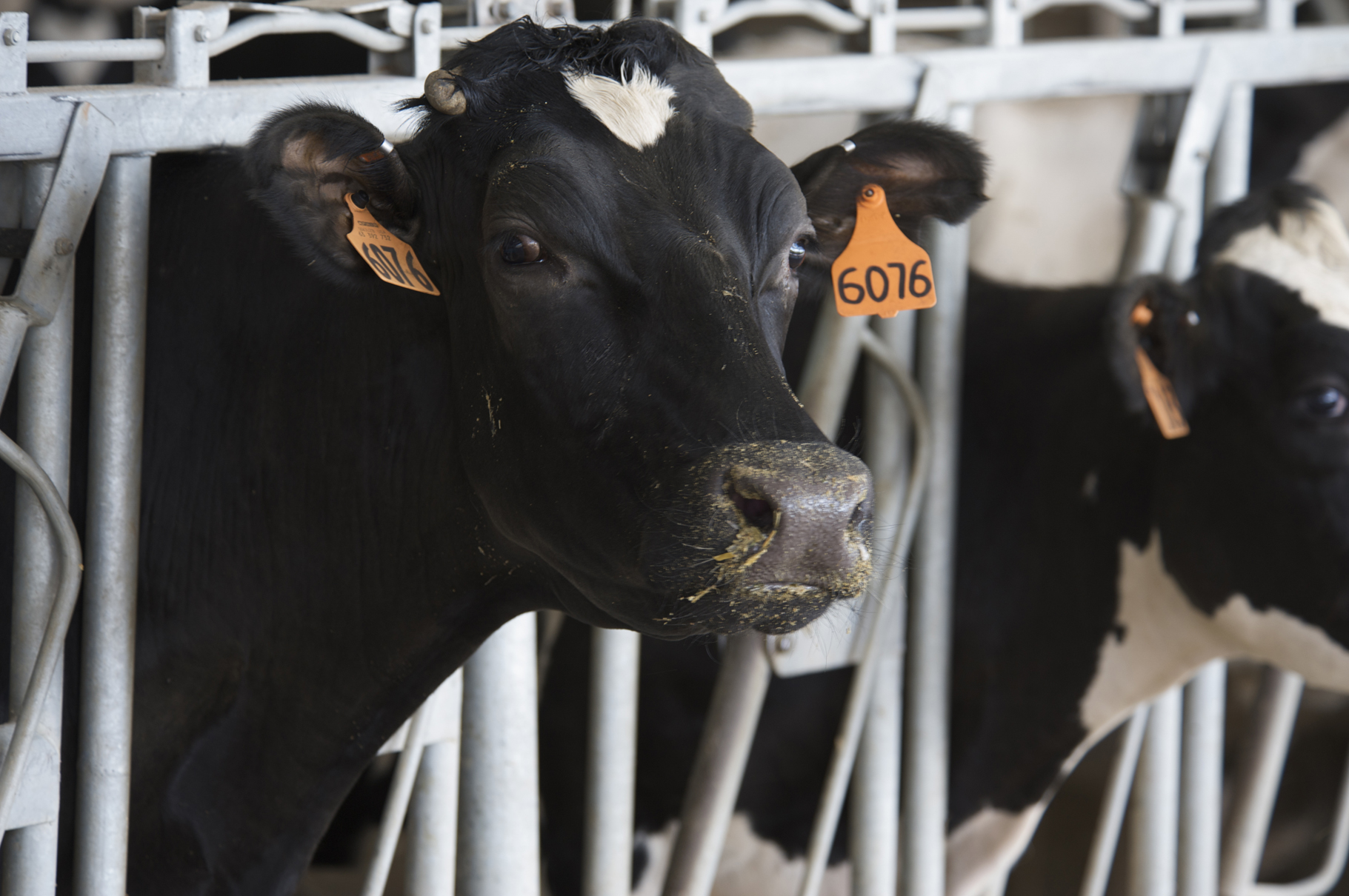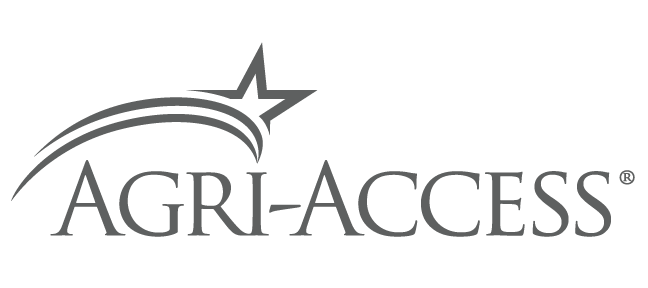Understanding the Impact of HPAI on Dairy Operations

By Lori Fetzer, Director of Animal Agriculture, Compeer Financial
In June 2024, we saw a significant number of new announcements and changes regarding highly pathogenic avian influenza (HPAI) in dairy herds across the U.S., and there have been recent commercial bird flocks impacted by the virus as well. Learn more about HPAI and precautions you should take below.
What is HPAI?
HPAI is a severe form of avian influenza, commonly known as bird flu. It primarily impacts poultry, causing high mortality rates, and has the potential to infect other birds and mammals.
Where did it originate?
HPAI was originally detected in domestic poultry in Italy in 1878; the current H5N1 strain was identified in geese in China in 1996. The first human infections were reported in Hong Kong in 1997.
How did it get here?
HPAI is commonly transmitted by wild migratory birds, but it can also be transmitted by direct or
indirect contact with infected birds, via aerosol transmission, or by humans. Transmission is typically highest from early fall to late spring, coinciding with lower temps and migratory patterns.
How is it tracked?
In the U.S., the primary agencies for tracking HPAI are the Animal and Plant Health
Inspections Service (APHIS) and the Center for Disease Control (CDC). Outside of the U.S., the primary agency is the World Organisation of Animal Health (WOAH).
Is there a cure?
Currently, there is no cure for birds infected with HPAI. Once birds are infected, the disease
progresses rapidly, often leading to high mortality rates.
What other species have been impacted?
HPAI continues to evolve. Since May 2022, over 50 different mammal species have tested positive for HPAI. In 2024, new cases have been identified in dairy cows, goats, domestic cats, and humans.
Initial cases in dairy cattle likely came from migrating birds infected with HPAI. It can spread from cow to cow and between different animal species. It can also transmit from animals to humans, particularly those handling or milking cows.
What signs should I look for in my cattle, and are there long-term impacts?
HPAI seems to affect mature, lactating cows. Milk production drops drastically for 3-5
weeks, decreasing until they recover. Over the course of these weeks, producers can
expect a decrease of 20 lbs/cow for Holsteins. Normal production levels will return gradually. Long-term impacts, if any, are yet to be determined.
How have dairy operations been impacted?
Milk production in Texas, New Mexico, and Kansas was down 3% in April due to the H5N1 strain—but overall, there’s been minimal impact to milk production or price, and it is not expected to impact U.S. milk production as we head into Q3 and Q4.
Is any financial assistance provided for impacted operations?
While the federal government provides financial assistance for depopulation, cleaning, and
indemnity payments for the birds directly impacted, there are currently no insurance products or
federal support from a loss of revenue due to delayed placements and loss of future flocks while
houses are cleared of HPAI. However, the USDA is expected to make a ruling soon on funding to compensate for lost milk production.
Are there any safety precautions I should be aware of?
Accurate information and precautions can help prevent the spread of HPAI. The USDA recommends increased biosecurity and caution with animal movements. Anyone purchasing cows for expansion or custom raising heifers should stay updated on USDA regulations, as requirements may vary by state. At a minimum, interstate movement requires lactating cattle to have a negative test before moving.
Some farms are also limiting visitors. Check with producers before visiting to see if they are accepting visitors. If they are, wear disposable boots at each farm, even if not entering the barn.
Where can I learn more?
The U.S. Department of Agriculture, Food and Drug Administration, Centers for Disease Control and Prevention, and State veterinary and public health officials are continuing to investigate impacted animals and sharing safety information. Additional avian flu information is posted here.
